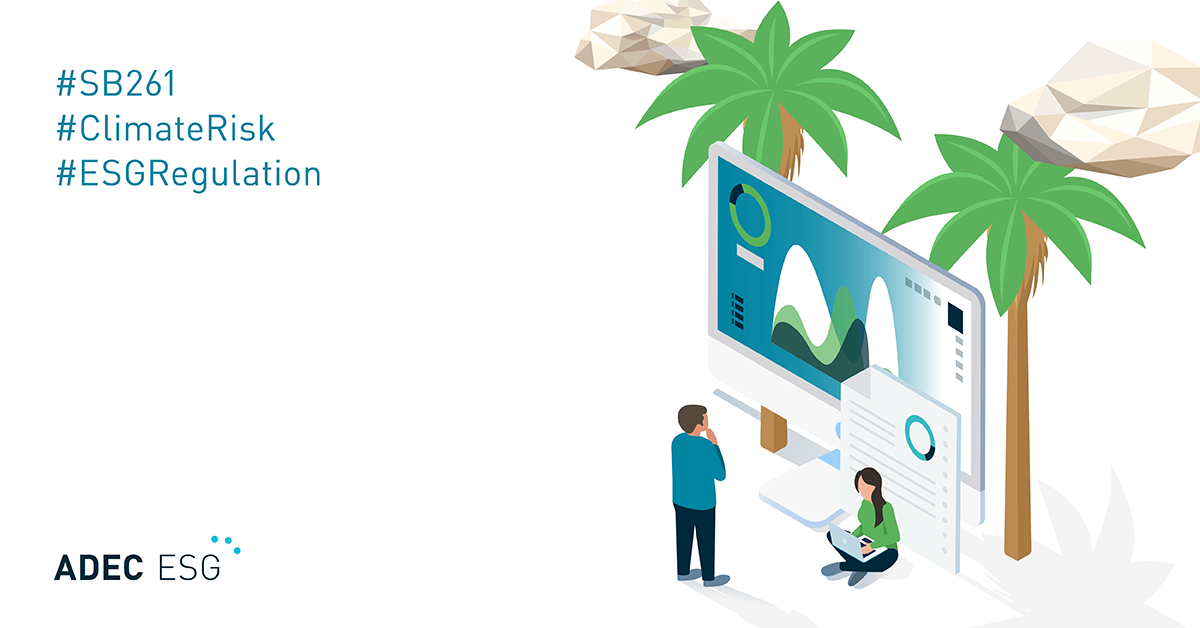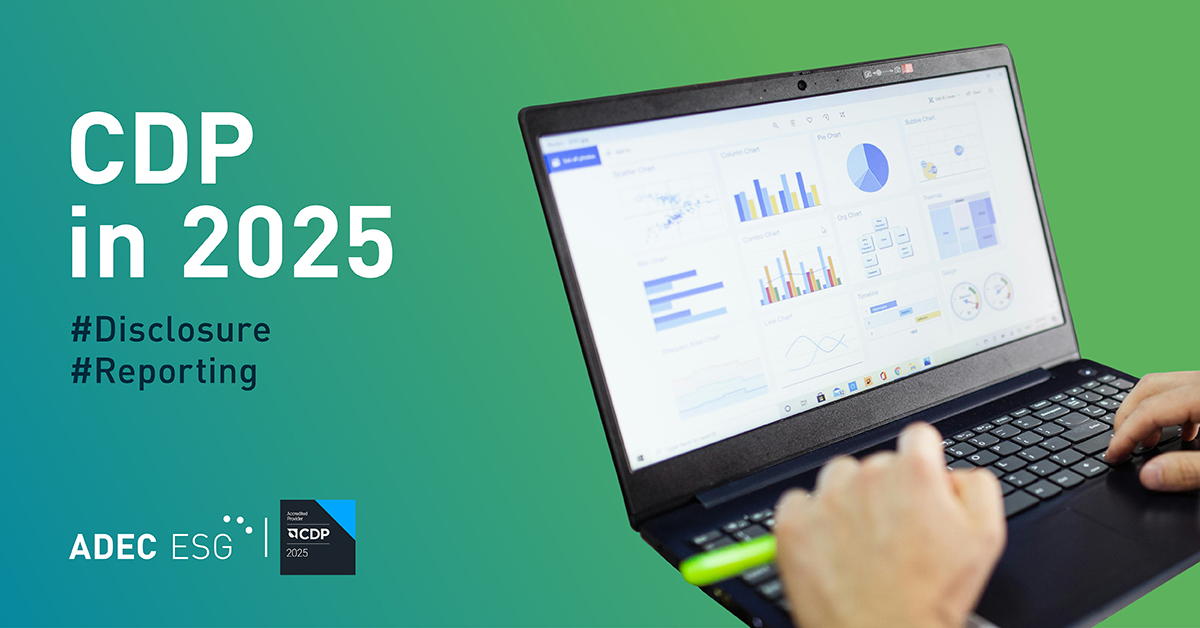In 2024, CDP is fully aligning its questionnaire to the IFRS S2 Climate-related Disclosures. What is the IFRS S2, and what changes are we likely to see to CDP’s questionnaire and methodology? Below, we’ll review what the IFRS Standards are, how they came about, and what CDP’s alignment with them may mean for reporting organizations.
A short history of the reporting landscape
Over the last few years, there has been a considerable push to align and consolidate ESG reporting frameworks. In 2007, the Climate Disclosure Standards Board (CDSB) was created as a collaborative effort involving CDP, Ceres, the World Economic Forum, the World Resources Institute, and others. In 2021, The International Integrated Reporting Council (IIRC) and the Sustainability Accounting Standards Board (SASB) merged to form the Value Reporting Foundation (VRF).
The IFRS Foundation and the ISSB
Also in 2021, the IFRS Foundation, a UK-based nonprofit organization that aims to bring transparency and accountability to global financial markets, created a standard-setting body to develop and oversee sustainability-related financial standards. This standard-setting body, the International Sustainability Standards Board (ISSB), went on to issue two global standards in 2023:
- IFRS S1: General Requirements for Disclosure of Sustainability-related Financial Information
- IFRS S2: Climate-related Disclosures
These standards were developed in alignment with other recognized standards and frameworks, such as those set forth by SASB and the Task Force for Climate-related Financial Disclosures (TCFD).
The standards: IFRS S1 and IFRS S2
IFRS S1 provides a framework for companies to disclose how sustainability-related risks and opportunities affect their financial position, performance, and cash flows through the disclosure of quantitative and qualitative information. IFRS S2 provides similar guidance, with a focus on climate-related risks and opportunities. Key requirements include details on transition plans, scenario analysis, scope 1-3 emissions, and climate-targets.
In 2022, CDP announced that it would incorporate ISSB climate-related disclosure standards into its reporting platform, and this year, CDP will officially align its questionnaire with IFRS S2.
What form could alignment take?
CDP’s alignment with IFRS S2 is likely to come in a few different ways, including:
- New questions: Scored or unscored questions that bring CDP’s questionnaire in alignment with ISSB’s standards.
- Modified questions: Updated formats for existing questions, including new drop-down options or columns.
- Updated criteria or weighting: Questions that remain the same but are scored differently or whose points are weighted differently.
- New A List criteria: Different or more stringent criteria to make CDP’s coveted A List.
How might questions change?
Governance
CDP’s questionnaire has previously addressed topics like board competence, but with alignment to IFRS S2, these questions are likely to expand. IFRS S2 requires more detailed evidence that climate-related issues are integrated into the roles of governing bodies and management. Consider how climate-related issues are reflected in your mandates, role descriptions, and other related policies.
In addition, while CDP’s previous questionnaire addressed incentives linked to climate-related issues, with the inclusion of IFRS S2, it will likely specifically ask for the percentage of executive management remuneration linked to climate considerations.
Financial information
In terms of financial information, CDP will likely start asking for more information in the aggregate.
Currently, the questionnaire asks for specific risks that could rise to the level of substantive financial or strategic impact. However, IFRS S2 goes a bit further, asking for more financial figures and from a broader perspective. For example:
- On the whole, what is the amount and percentage of assets or business activities that are vulnerable to climate risk and aligned to climate opportunities?
- How might your company’s financial position change, given its climate strategy and management of risks and opportunities?
- What impacts could climate-related issues have on your company’s financial position and cash flows?
Resilience and adaptation capacity
CDP already asks for information related to climate transition plans, percentage of revenue tied to climate-related impacts, and other resilience-related data. Alignment with IFRS S2 is likely to continue this trend and take it further, asking for information such as:
- Has a resilience assessment been performed?
- If so, what implications does it have for your company’s strategy and business model?
- What are significant areas of uncertainty for the assessment?
- Describe your company’s capacity to adapt its strategy and business model to climate change and its impacts.
Scenario analysis
A scenario analysis is required under IFRS S2. As such, alignment is likely to bring more points and heavier weighting to scenario analysis-related questions. Questions are also likely to ask for more detail on key assumptions and involve industry-based and cross-industry metric categories.
Targets
CDP’s questionnaire already asks questions about targets, but upcoming questions are likely to ask for more details about how those targets are developed and planned for. Be prepared to explain your process to achieve targets, such as review processes, metrics to monitor progress, and any plans for carbon credits. Are your targets informed by the latest international agreement on climate change, as well as jurisdictional commitments?
Greenhouse gas (GHG) emissions inventory
CDP responders are already required to provide answers to questions about their GHG inventories—such as which protocols have been used to develop the inventory and whether or not there are any exclusions—but it’s possible that IFRS S2 alignment will ask responders to elaborate further. For example:
- What was your measurement approach, and why did you take this approach?
- What inputs and assumptions did you make, and why?
- Explain any estimates that were made during the development of the inventory.
We go into greater depth on CDP’s alignment with IFRS S2 in Global ESG Reporting Trends: CDP, CSRD, ISSB, and More. Watch it and our other free web events on our Webinars page.
What actions can your company take to prepare?
With just a few months remaining until corporate disclosure for CDP begins, there’s no better time than now to start preparing. We’ve put together a few recommendations for actions that you can take now to get ready for CDP’s alignment with IFRS S2.
1. Assess risks, opportunities, and resilience
Perform a thorough climate scenario analysis to determine and identify your company’s exposure to climate risk and alignment with climate opportunities. Consider industry-specific and cross-industry metrics, and consider (and document) assumptions on items like macroeconomic trends, climate-related policies in your jurisdictions, and developments in technology.
This scenario analysis should be part of a larger resilience assessment that builds toward an understanding of how resilient and adaptive your company overall. What is your capacity to adjust or adapt your company’s strategy and business model to climate change? What percentage of assets or business activities are vulnerable to climate change?
2. Clarify ESG-related roles
Ensure that your company has roles dedicated to managing climate issues. These roles should be explicitly clarified, with their connection to managing ESG topics enshrined in role descriptions, mandates, and terms of reference.
3. Understand the connections between your financials and ESG topics
Get comfortable disclosing more financial figures as ESG disclosure standards and regulatory requirements move toward asking for more and more transparency on companies’ financial ties with ESG topics, like the percentage of executive remuneration tied to climate considerations and the impact of climate risks on cash flows..
4. Plan around climate targets
If you do have a climate target, have a plan in place for achieving that target and clearly define the processes, programs, and metrics involved in your plan.
5. Get verified
Verification of environmental data is a rising trend in the ESG reporting space, with multiple reporting standards as well as new and upcoming regulations requiring verification as a part of the GHG reporting process. Get ahead of the game by seeking third-party verification for your GHG inventories and ensuring the quality of your data and data processes meets the requirements laid out by the leading reporting bodies.
As a CDP Silver Climate Change partner, ADEC ESG supports companies like yours in reaching their ESG disclosure and reporting goals. With more than ten years of experience working with CDP, last year our team helped more than 90% of clients achieve a Management score or higher. To learn more about how we can help you improve your ESG performance, contact our team today.




